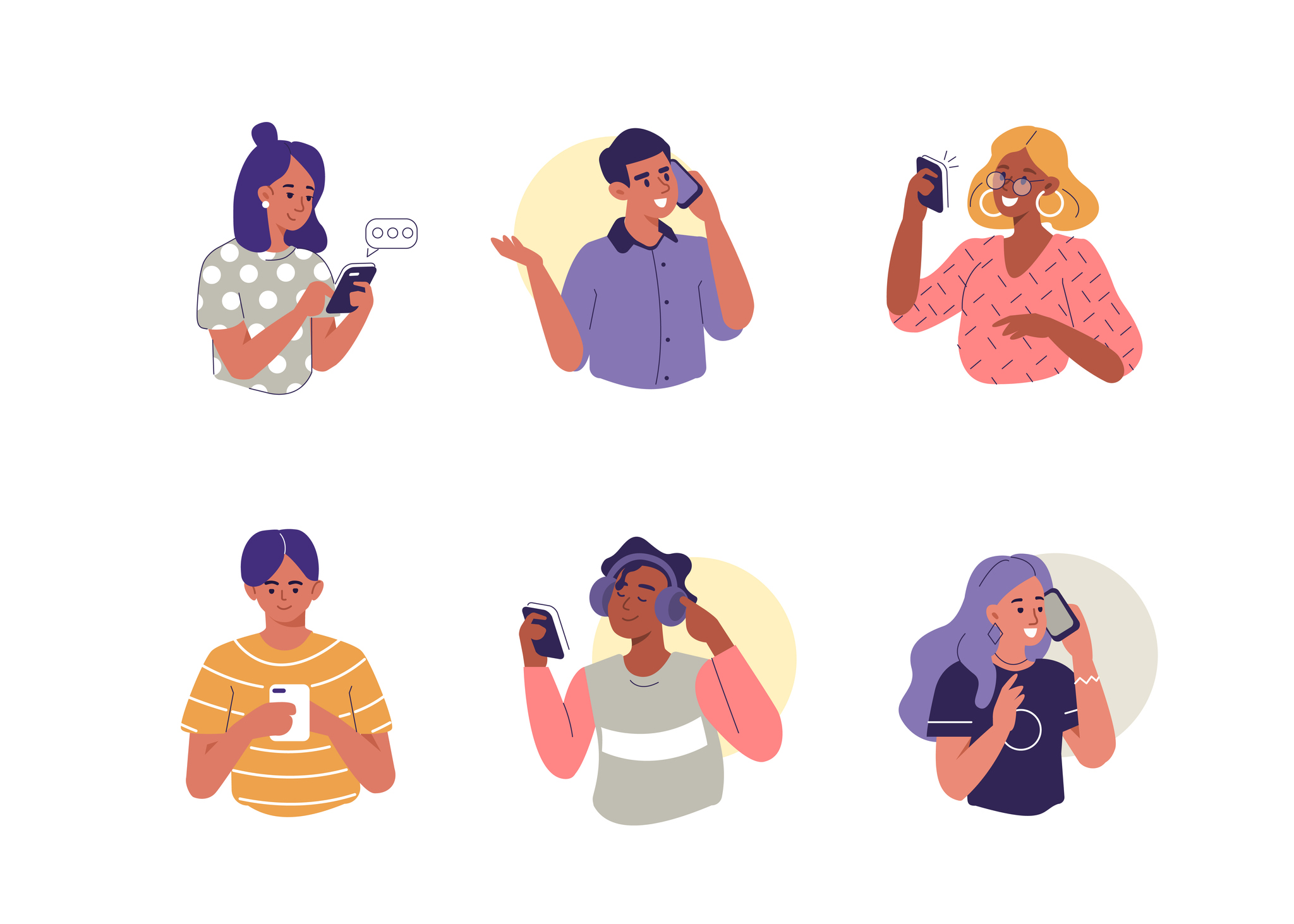Stop us if you’ve heard this one before: You’re telling your friend about a product you want but haven’t yet purchased. Only minutes later, you’re scrolling Facebook and/or Instagram and the next post on your feed is an ad for that EXACT product.
Tale as old as time, right? Still, the accompanying creepy feeling never seems to go away. It’s led the social media community to one common conclusion: Zuckerberg is always listening.
In an interview with Gale King on CBS This Morning, Instagram CEO Adam Mosseri told King, “We don’t listen in on your microphone. Doing so would be super problematic for a lot of different reasons…but I recognize you’re not gonna really believe me.”
In August 2019, Bloomberg reported that Facebook confirmed it had been paying contractors to transcribe its user’s audio chats.
In light of that (and with Facebook’s history of handling consumer information in a political season) it begs the rhetorical question, why would we believe him?
Targeting vs. Listening

The reality is, Facebook and Instagram are not listening. But they are tracking.
Every tap of our screen, movement of our phone or simple comment on a post is tracked by Facebook. And that tracked information is used to target ads.
We target for each of our clients because we promise to get brands in front of their right audience at the right time on the right channel with the right message. In order to do that, we have to target a brand’s relevant audience. And that relevant audience is funneled by their social media activity and demographic behavior.
Think of it this way: You’re a local ice cream shop that’s trying to build a presence in your area through social media. It’s not going to be worth your marketing dollars to serve an ad to someone in Iowa when your shop is located in Chicago.
Or, think of it from the consumer side: You’re walking down the streets of Chicago, craving ice cream, and you see an ad for a gourmet ice cream shop – in Iowa. Frustrated, you walk into Dairy Queen.
It’s a double-edged sword. We don’t want to be tracked, but we also don’t want to be served irrelevant ads. So, how do we make sure we’re following best practices with ads?
Community + Media Managers

LEAP Amp has a role that occupies that Goldilocks space between creepy ad and irrelevant ad. Facebook may not be listening, but our community and media managers are. Just in a non-creepy or invasive way that helps them target and engage.
By target, we mean that they learn their audience by understanding their online behavior and then serve ads that are relevant to that behavior.
With engagement, they start real conversations by responding to comments or impressions on posts, ads, etc.
When this kind of thing happens in real time, it’s usually well-received. Remember the Wendy’s clapback at McDonalds that spurred their now celebrated social identity? Or John Frieda’s festival hair post that went viral? Both the work of great community and media managers.
When targeting works well, consumers are not left feeling misunderstood, or worse, stalked. They’re left with relevant entertainment and maybe a scoop of their favorite ice cream.